Hydrangea Shrubs: The Perfect Way To Add Color And Beauty To Your Garden
Hydrangea Shrubs: The Perfect Way to Add Color and Beauty to Your Garden
Hydrangea shrubs are a popular choice for gardeners of all skill levels. They are known for their large, colorful blooms that can add a touch of beauty to any garden. Hydrangeas are also relatively easy to care for, making them a good choice for busy gardeners.
There are many different types of hydrangea shrubs, each with its own unique color and bloom pattern. Some of the most popular types include:
- Bigleaf hydrangeas (Hydrangea macrophylla) are known for their large, showy blooms that can be blue, pink, or purple. They are a good choice for gardens in zones 5-9.
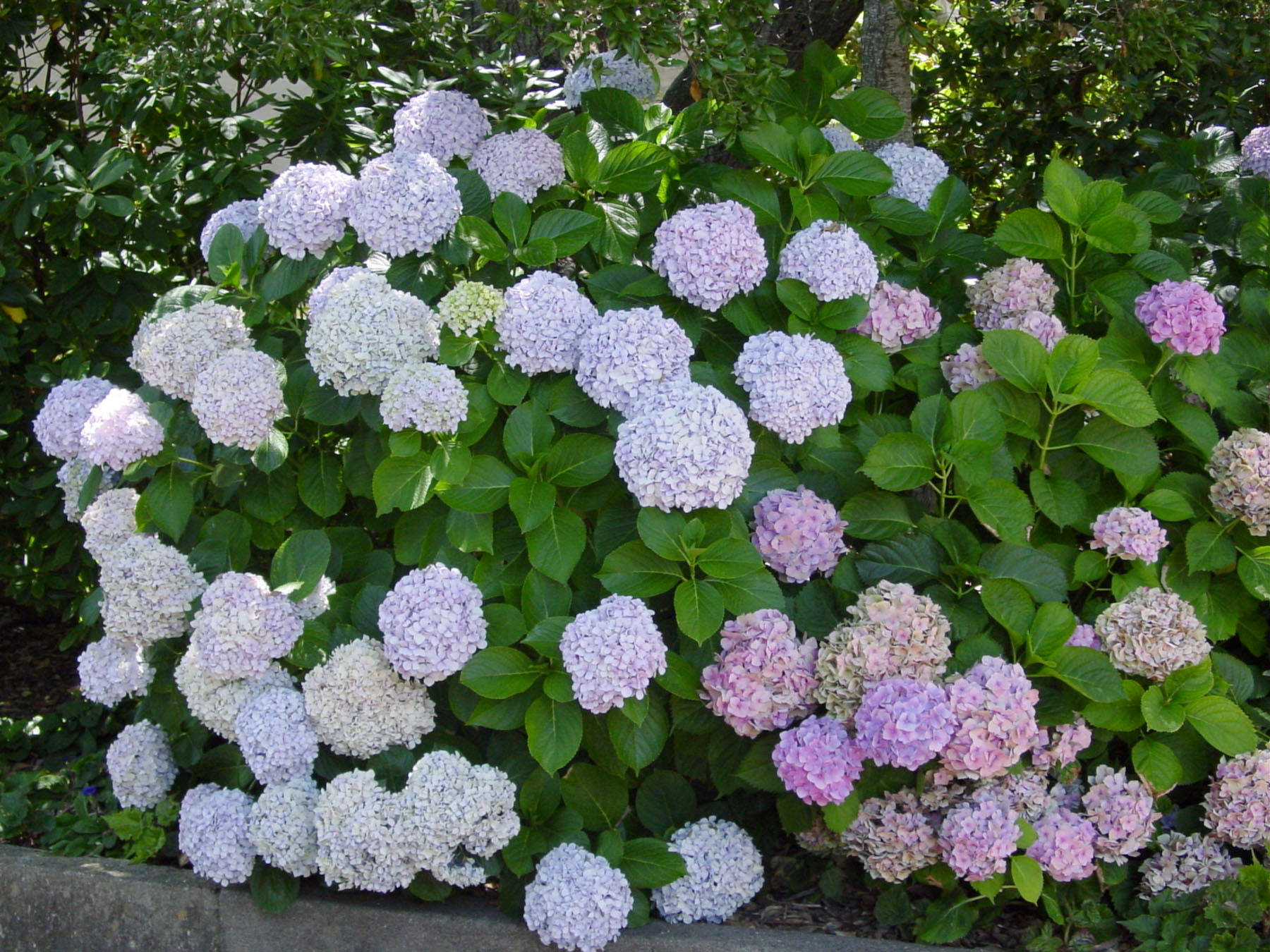
- Mophead hydrangeas are a type of bigleaf hydrangea that produces large, round clusters of flowers. They are a popular choice for formal gardens.
- Smooth hydrangeas (Hydrangea arborescens) are known for their smaller, lacecap flowers that can be white, pink, or blue. They are a good choice for gardens in zones 3-9.
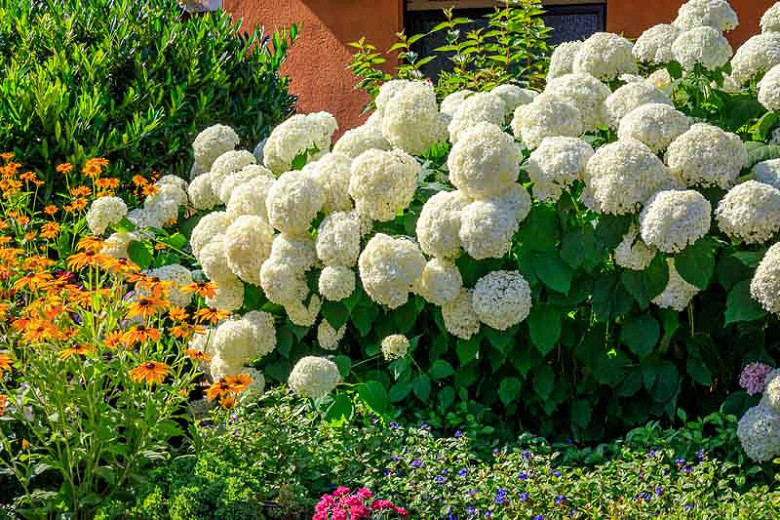
- Panicle hydrangeas (Hydrangea paniculata) produce large, cone-shaped flowers that can be white, pink, or purple. They are a good choice for gardens in zones 3-8.
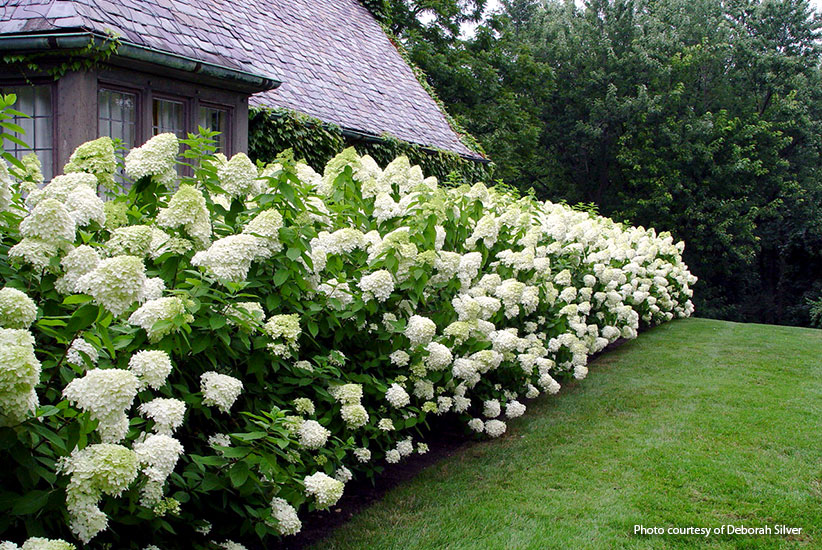
- Oakleaf hydrangeas (Hydrangea quercifolia) are known for their large, oak-shaped leaves and their showy, lacecap flowers that can be white, pink, or blue. They are a good choice for gardens in zones 5-9.
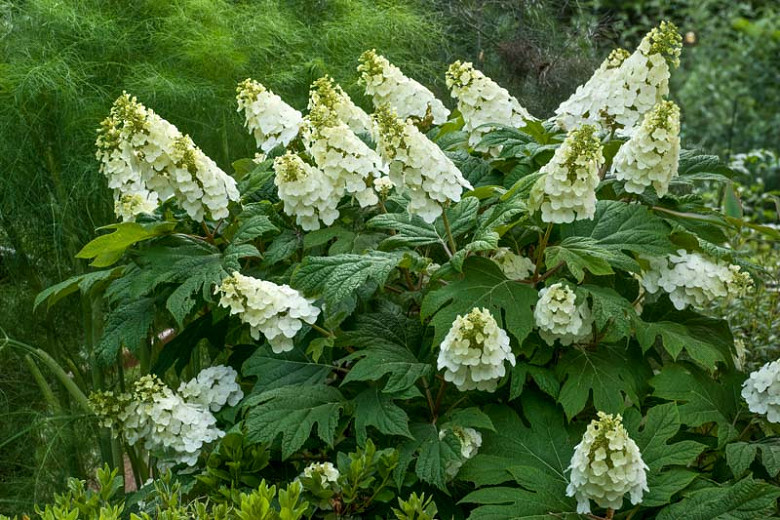
When choosing hydrangea shrubs for your garden, it is important to consider the following factors:
- Sunlight: Hydrangeas need partial shade to full shade. Avoid planting them in direct sunlight, as this can scorch their leaves.
- Soil: Hydrangeas prefer moist, well-drained soil. If your soil is sandy or clayey, you may need to amend it with compost or peat moss.
- Zone: Hydrangeas are hardy in different zones. Make sure to choose a type of hydrangea that is hardy in your climate zone.
Once you have chosen the right hydrangea shrubs for your garden, it is important to plant them properly. Hydrangeas should be planted in the spring or fall. When planting, dig a hole that is twice as wide and as deep as the root ball of the hydrangea shrub. Backfill the hole with soil, being careful not to bury the crown of the shrub. Water the hydrangea well and mulch around the base of the plant.
Hydrangeas are relatively easy to care for. They need regular watering, especially during the hot summer months. You should also fertilize hydrangeas once a year in the spring. Hydrangeas are susceptible to a few diseases, such as powdery mildew and leaf spot. If you notice any problems with your hydrangeas, consult with a gardening expert for treatment.
With proper care, hydrangea shrubs can thrive for many years in your garden. They will provide you with beautiful blooms for months on end, and they will add a touch of elegance to any landscape.
Hydrangea shrubs are a popular choice for gardens, thanks to their beautiful flowers and relatively easy care. But if you're thinking about adding a hydrangea to your yard, there are a few things you need to know.
First, hydrangeas come in a variety of sizes, so it's important to choose the right one for your space. Some hydrangeas can grow up to 12 feet tall, while others are only a few feet high.
Second, hydrangeas need the right amount of sunlight. Most hydrangeas prefer partial sun, but some varieties can tolerate full sun or shade.
Third, hydrangeas need well-drained soil. If your soil is too wet, your hydrangeas may develop root rot.
If you're not sure which hydrangea is right for you, or if you need help caring for your hydrangeas, I recommend visiting . This website has a wealth of information about hydrangeas, including care tips, planting guides, and variety descriptions.
FAQ of hydrangea shrub
1. What is a hydrangea shrub?
A hydrangea shrub is a popular garden plant that is known for its large, colorful flowers. Hydrangeas come in a variety of colors, including blue, pink, purple, and white. They are deciduous shrubs, which means that they lose their leaves in the fall. Hydrangeas can grow to be quite large, depending on the variety. Some hydrangeas can reach heights of 10 feet or more.
2. How big does a hydrangea shrub get?
The size of a hydrangea shrub will vary depending on the variety. Some hydrangeas, such as the panicle hydrangea (Hydrangea paniculata), can grow to be 10 feet tall or more. Other hydrangeas, such as the bigleaf hydrangea (Hydrangea macrophylla), are typically smaller, growing to be 4-6 feet tall.
3. How do I care for a hydrangea shrub?
Hydrangeas are relatively easy to care for. They need full sun to partial shade and well-drained soil. Hydrangeas also need regular watering, especially during the summer months. To encourage blooms, you can fertilize your hydrangeas in the spring with a balanced fertilizer.
4. How do I get my hydrangeas to bloom blue?
The color of hydrangea flowers is determined by the pH of the soil. Hydrangeas that grow in acidic soil will produce blue flowers, while hydrangeas that grow in alkaline soil will produce pink flowers. You can change the pH of your soil by adding sulfur to acidic soil or lime to alkaline soil.
5. How do I overwinter my hydrangea shrub?
In most climates, hydrangea shrubs are hardy to USDA zones 3-9. However, if you live in a colder climate, you may need to take some steps to protect your hydrangeas from the cold winter weather. You can do this by wrapping the plant in burlap or by covering it with a tarp. You may also need to water your hydrangeas more frequently during the winter months.
Image of hydrangea shrub
Here are 5 different images of hydrangea shrub from Pinterest.com:
- A large hydrangea shrub in full bloom, with white flowers.
- A group of hydrangea shrubs in a garden, with pink and blue flowers.
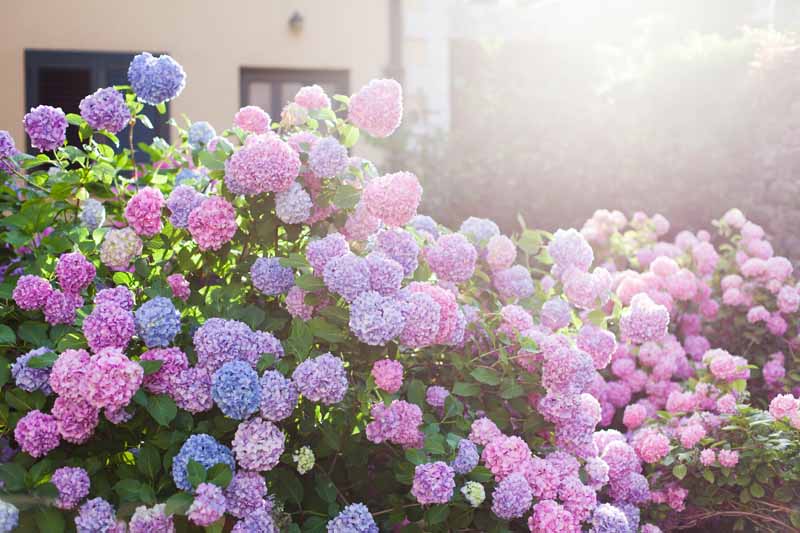
- A close-up of a hydrangea flower, with its delicate petals and blue color.
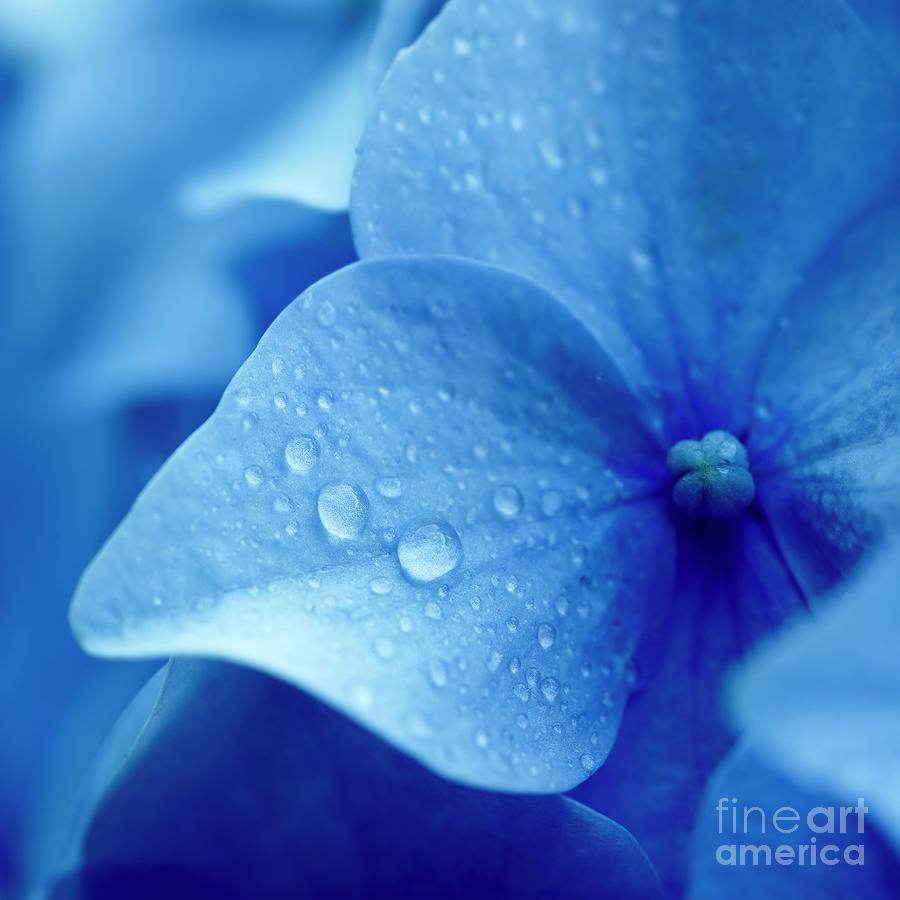
- A hydrangea shrub in a pot, with its lush green leaves and white flowers.

- A hydrangea shrub in the fall, with its leaves turning red and orange.
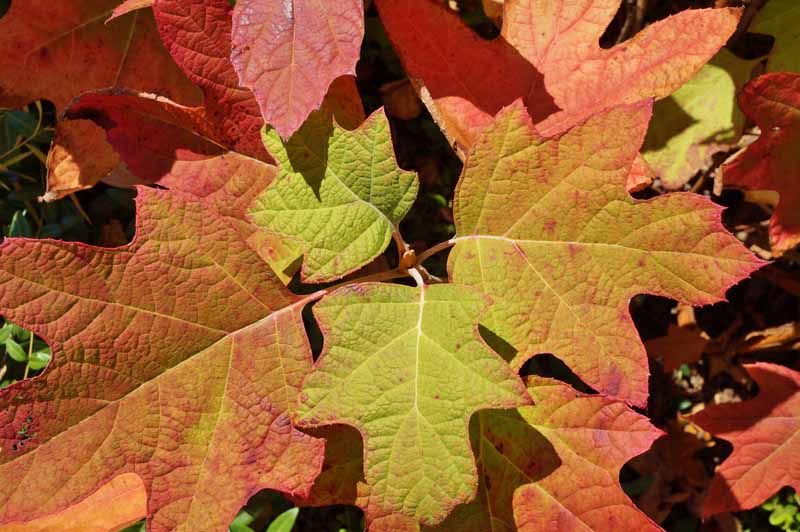
Post a Comment for "Hydrangea Shrubs: The Perfect Way To Add Color And Beauty To Your Garden"